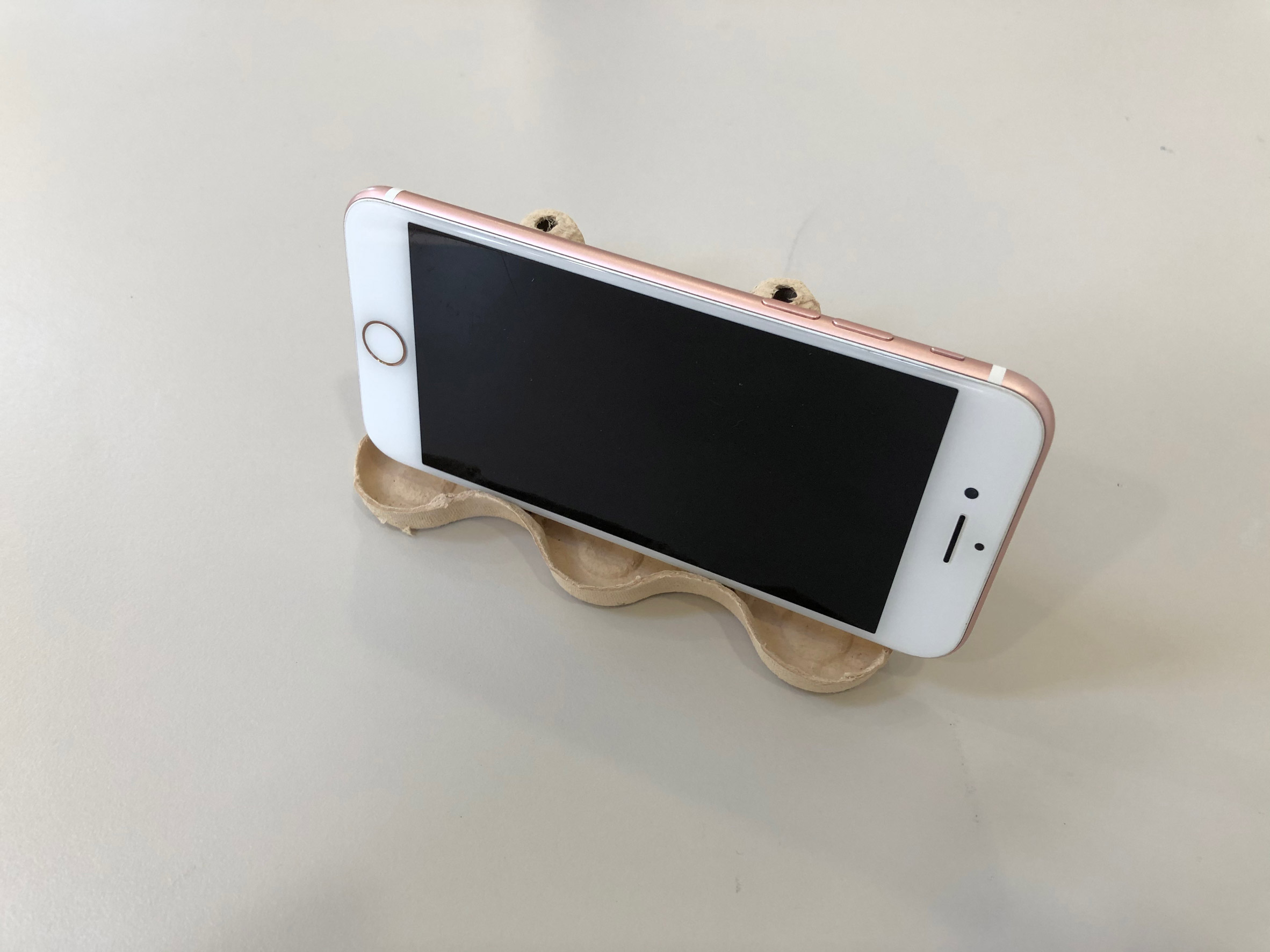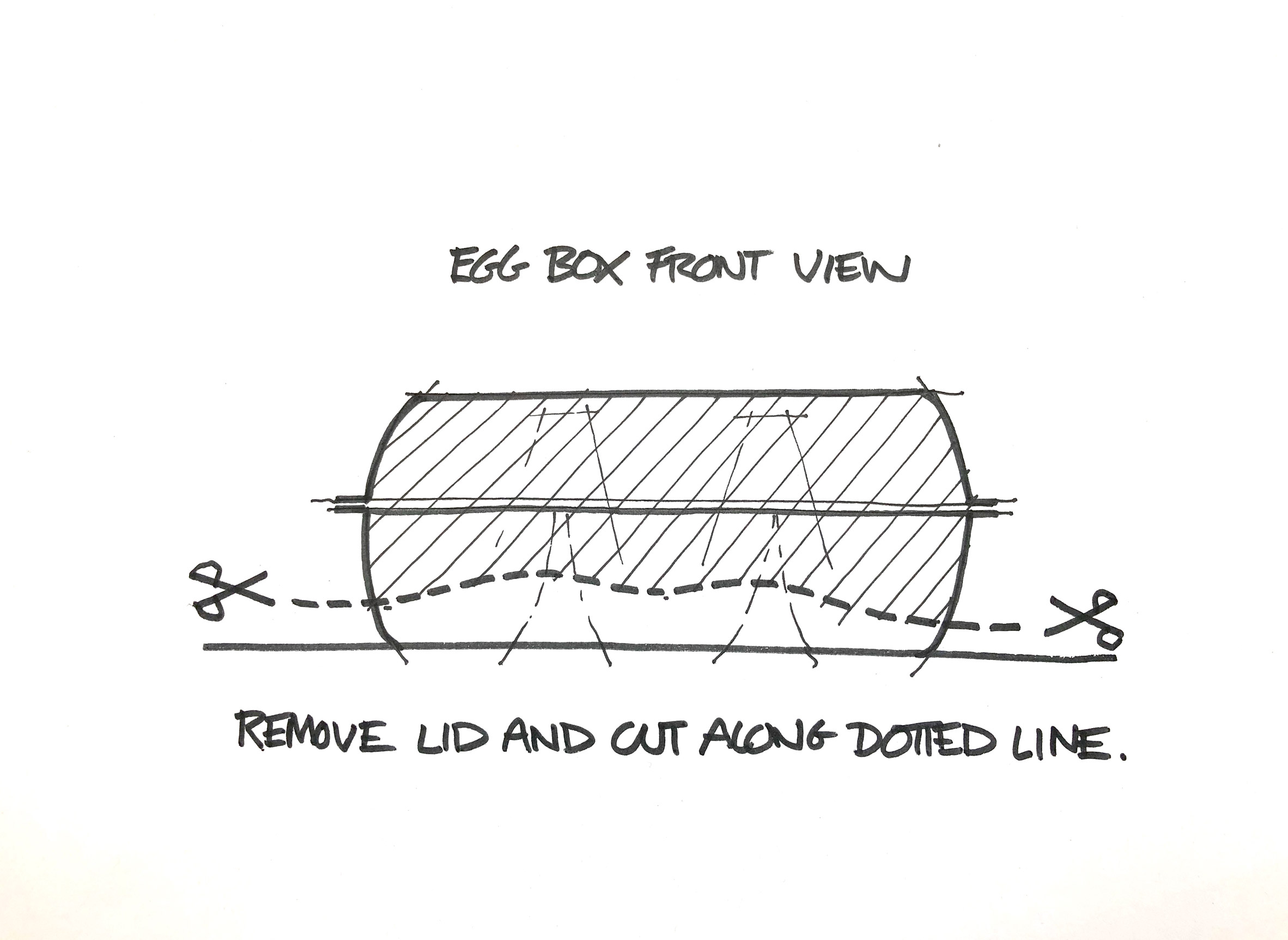
Since 2017, Alan has been working hard on his practice, perhaps a little too much. He tells us why he’s spending his time undoing what he’s learned over the last three years.
from It's Nice That https://ift.tt/2ygubhE

Since 2017, Alan has been working hard on his practice, perhaps a little too much. He tells us why he’s spending his time undoing what he’s learned over the last three years.

The initiative, organised by non-profit platform Fine Acts, has kicked off with commissions by top artists and illustrators including Kyle Platts, Cachette Jack and Amber Vittoria.

Atelier Rua has arranged living spaces in this pared-back Portuguese holiday home around an enormous living room, which has three different vistas of its verdant surroundings.
Situated south of Lisbon in the small village of Aldeia do Meco, the one-storey concrete house is shared by a retired Dutch couple.

The pair were keen to work with Atelier Rua after seeing the practice's Pensão Agrícola project, a rural hotel in the Portuguese town of Tavira.
They wanted a holiday home with a similarly laid-back feel, where they could while away summer months and have their grown-up children come to stay.

"They didn't want doors, and as much as possible, that the plan would be open," Paulo Borralho, partner at the practice, told Dezeen.
"They wanted a house that would promote the independence of each bedroom, and that the common spaces could be spaces for gathering."

With this in mind, Atelier Rua designed Casa Meco as a "perfect square" – its corners are formed by four guest suites, each complete with their own bathrooms, dressing areas and private patio.
These are intended to be "family clusters", where respective groups of visiting guests can retreat for privacy.

At the heart of the plan lies a huge communal living area with an exposed-concrete ceiling and floor.
Three sides of the room have been fitted with glazed panels, which can be slid back to open-up the interior to the outdoors.
Furniture includes a taupe-coloured sectional sofa, long timber dining table, as well as a couple of creamy armchairs. The rear kitchen is anchored by a veiny marble breakfast island.

"Of course there's an inherent playfulness in this plan. We used geometry as a 'motor' to design the whole house," Borralho explained.
"The private patios, the 'family clusters', the living room; they are all squares inside squares."

The bedrooms are accessed via small vestibules that jut into the living area. They follow the home's pared-back aesthetic and are dressed simply with woven rugs and exposed-bulb pendant lamps.
Although marble has been used to craft the bathtubs and sink basins in the ensuites, the showers are screened-off by white curtains that hang from a circular track on the ceiling.

Rectilinear openings have been carved out of the east, south and west-facing facades of Casa Meco to create shaded terraces.
One of them directly overlooks the home's 15-metre-long swimming pool, and has a table and grill cooker so that it can serve as an alfresco dining space.
The rear wall of another terrace has been punctuated with a huge arched niche, which is used as an open fireplace.

Atelier Rua was established in 2006 and has offices in Lisbon, Cape Verde and Mozambique. Its Casa Meco project joins a host of striking homes that are dotted across the Portuguese landscape.
Others include House in Monsaraz by Aires Mateus, which is embedded underground and concealed by a green roof, and TS House by architect Pedro Miguel Santos, which is designed to emulate classical temples.
Photography is by Francisco Nogueira.
Project credits:
Architecture: Atelier RUA
Team: Francisco Freitas, Luís Valente, Paulo Borralho, Rui Didier, Ana Tomé, Cristiano Rodrigues, Dora Jerbic
Construction: Vassalo & Sousa, Lda.
Structural engineering: Pedro Viegas
Electricity, comunication, gas supply: LMS – Gestão de Projectos e Engenharia
Water supply, sewage, drainage and HVAC: Ecoperfil - Sistemas Urbanos Sustentáveis
Landscaping: Oficina dos Jardins
The post Triple-perspective living room forms core of Casa Meco in Portugal appeared first on Dezeen.

Currently finishing up her residency at London's House of Illustration, our Grad from 2016 updates us on what she’s been working on.

Transportation designer Paul Priestman has shared his hack for making a smartphone stand from an egg box to avoid "bad angles" and painful "phone arm" when video calling during the pandemic.
In the video, the PriestmanGoode co-founder demonstrates "the perfect lockdown life hack" of how to fashion a phone holder from just an egg box and a pair of scissors in under two minutes.
The idea came out of "necessity", he explained, as people continue to work from home during the coronavirus pandemic, leading to an increased amount of time spent on digital devices as the only form of communication.

"As I'm sure many others will identify with, I've spent a lot of time on video calls since the beginning of lockdown, both with work and with family and friends," said Priestman.
"I kept getting 'phone arm', where you hold the phone at arm's length so long your arm starts hurting, and was perpetually trying to find useful things to prop my phone up against, so that it wouldn’t slip halfway through a call."
"And almost daily on the news, I'd watch someone doing an interview on their phone from an awkward angle," he continued.

Priestman began looking for materials around his house, and used an old wine box to make his first prototype.
He made various different versions, refining the design at each step to make sure it met a series of requirements, including being hands-free, offering a good angle and being suitable for both portrait and landscape orientations.
He also wanted to be able to swipe the phone while it is in the holder, and charge it while in use.

"My goal was to create something that people would be able to make in their own homes, without any tools, and with everyday materials," said Priestman. "Eventually, I came to the egg box, and found it the perfect material."
"It's something most people will have at home, the textured surface of the egg box is naturally non-slip, it gives the perfect angle in both portrait and landscape formats, it requires no tools other than a pair of scissors and can be made in under two minutes."

As Priestman explains in the video, you take an ordinary fibre egg tray and cut off the lid.
Discard the lid, and then cut around the bottom of the egg box, giving a bit more height to the area where the phone will sit in order to give it enough grip.
Neaten it up by snipping off any rough parts, and then the phone can be rested inside the box, kept in position by the box's undulating edges and pyramid-shaped protrusions at its centre.

These instructions are for the "basic" version of the phone holder. The second version allows the user to charge their phone while in use, and requires two egg boxes.
Both boxes are cut in the same way as the basic version, before turning one upside down and sticking it to the other and making a hole through the base for the cable to fit through.
Other designers have been coming up with "hacks" to allow for hands-free door opening in a bid to lessen the spread of bacteria.
Design studio Adapta has created a device to fit to handles that enables people to open the door using an arm or elbow, while Matteo Zallio has 3D-printed a personal tool that uses a hook design to open doors.
The post Paul Priestman makes DIY smartphone stand from an egg box for video calls appeared first on Dezeen.